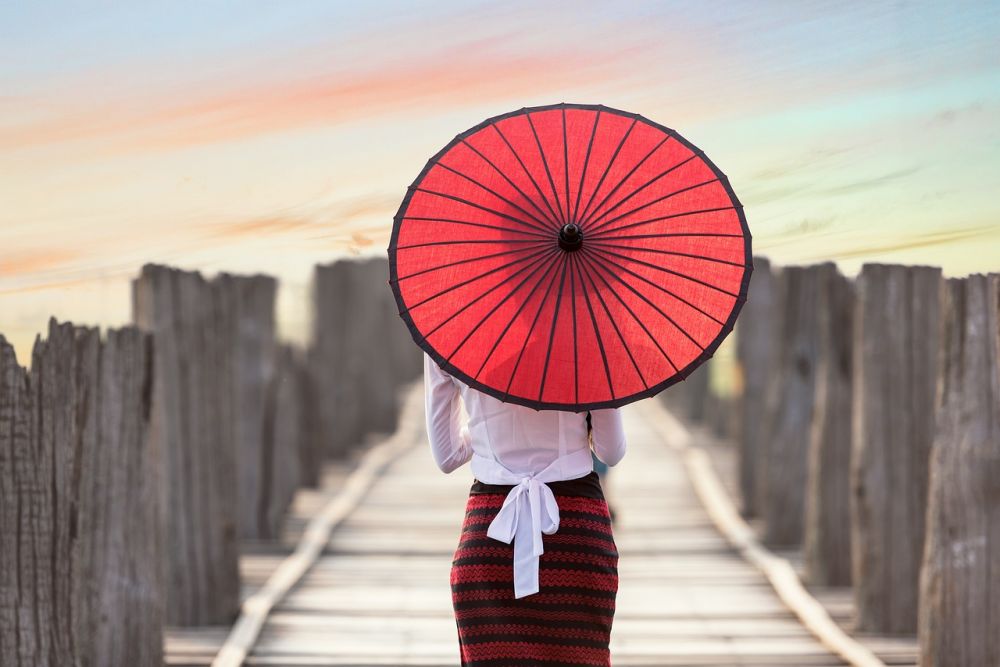**Japan’s Islands: A Comprehensive Overview**

* Exploring the Enchanting Islands of Japan*
*Introduction*

Japan, a country known for its vibrant culture, rich history, and delicious cuisine, is also home to a treasure trove of stunning islands that offer visitors a diverse range of experiences. From tranquil, secluded paradises to bustling, lively hubs, Japan’s islands have something to offer for every traveler’s taste. In this article, we will delve into the charm and allure of Japan’s islands, providing a comprehensive overview of what makes them so unique and popular among both locals and tourists.
*Section 1: An In-depth Look at Japan’s Islands*
Japan’s islands are an archipelago located in the Pacific Ocean, primarily consisting of four main islands: Honshu, Hokkaido, Kyushu, and Shikoku. It is essential to note that these islands are just the beginning of Japan’s vast island chain, with hundreds of smaller islands dotting its coastline.
*Overview of Types of Islands*
Japan’s islands can be classified into three main types: volcanic islands, coral islands, and continental islands. Volcanic islands, such as Hokkaido, were formed by volcanic activity and boast breathtaking landscapes of mountains, hot springs, and lush vegetation. Coral islands, like the Okinawa Islands, offer crystal-clear waters, vibrant coral reefs, and a paradise for diving enthusiasts. Lastly, continental islands, including Sado Island, were once connected to the mainland and boast a unique blend of mainland influences and island life.
*Popular Islands and their Attractions*
Japan’s islands are incredibly diverse, each offering its distinctive attractions and experiences. For instance, Okinawa’s Ishigaki Island is known for its stunning beaches, rich marine life, and unique Yaeyama culture. On the other hand, Miyajima Island, located near Hiroshima, boasts the iconic Itsukushima Shrine, a UNESCO World Heritage Site, and the majestic Mount Misen. Other popular islands include Hokkaido, known for its snowy landscapes and winter sports, and Shikoku, famous for its tranquil temples and beautiful nature.
*Section 2: Quantitative Measurements of Japan’s Islands*
When it comes to quantitative measurements, Japan’s islands encompass a vast expanse of land and sea. The total land area of Japan’s main islands covers approximately 377,975 square kilometers, making it the tenth largest island nation globally. Furthermore, Japan boasts an impressive coastline spanning approximately 29,751 kilometers, providing ample opportunities for beach lovers and marine enthusiasts. With over 6,000 smaller islands, Japan’s archipelago stretches across a vast area of approximately 377,944 square kilometers.
*Section 3: Distinguishing Factors among Japan’s Islands*
Despite their shared Japanese heritage, each of Japan’s islands possesses unique characteristics that set them apart from one another. These distinct features include geographical landscapes, climate variations, cultural traditions, and regional cuisine. For instance, Hokkaido, with its cooler climate, offers a stark contrast to the subtropical Okinawa Islands. Similarly, the traditional culture of the remote island of Yakushima differs from the bustling metropolis of Tokyo. Exploring these differences allows travelers to immerse themselves in the diverse tapestry of Japan’s islands.
*Section 4: Historical Analysis of Advantages and Disadvantages of Japan’s Islands*
Throughout Japan’s history, its islands have played a crucial role in shaping the nation’s development and interactions with the outside world. While islands provided natural defense barriers against invasions and served as trading hubs, they also posed challenges in terms of limited resources and isolation. For instance, during the feudal era, ruling powers strategically utilized islands like Tsushima to strengthen their military presence and control maritime routes. On the other hand, islands such as Iwo Jima witnessed intense battles during World War II, highlighting both the strategic importance and human cost associated with Japan’s islands.
*Conclusion*
Japan’s islands offer a captivating blend of natural beauty, cultural richness, and historical significance. Whether it’s relaxing on pristine beaches, hiking through majestic mountains, or immersing oneself in vibrant local traditions, Japan’s islands have endless treasures waiting to be discovered. By understanding the diverse nature of Japan’s islands, travelers can embark on an unforgettable journey through this remarkable archipelago.
* Key Takeaways*
– Japan’s islands encompass a vast archipelago, primarily consisting of Honshu, Hokkaido, Kyushu, and Shikoku.
– Islands can be classified into volcanic, coral, and continental categories, each offering unique landscapes and experiences.
– Popular islands include Ishigaki, Miyajima, Hokkaido, and Shikoku, each with its distinct attractions.
– Quantitative measurements reveal the extensive land area and coastline of Japan’s islands.
– Differences among the islands can be observed in geographical landscapes, climate, cultural traditions, and cuisine.
– Historical analysis showcases the advantages and disadvantages of Japan’s islands, spanning defense, trade, and strategic significance.
FAQ
What are the main islands of Japan?
What types of islands can be found in Japan?
Which islands in Japan are popular among tourists?
Fler nyheter
En Minnesvärd Konferensupplevelse vid Tylösands Kust
* Exploring the Enchanting Islands of Japan* *Introduction* Japan, a country known for its vibrant culture, rich history, and delicious cuisine, is also home to a treasure trove of stunning islands that offer visitors a diverse range of experiences. ...
02 december 2024
Hitta lugnet på ett mysigt hotell på landet
* Exploring the Enchanting Islands of Japan* *Introduction* Japan, a country known for its vibrant culture, rich history, and delicious cuisine, is also home to a treasure trove of stunning islands that offer visitors a diverse range of experiences. ...
31 juli 2024
Hitta Din Drömsemester Upplev Charmen med Hotell i Halland
* Exploring the Enchanting Islands of Japan* *Introduction* Japan, a country known for its vibrant culture, rich history, and delicious cuisine, is also home to a treasure trove of stunning islands that offer visitors a diverse range of experiences. ...
10 juli 2024
Åka till Spanien: Upptäck landets skönhet och kultur
* Exploring the Enchanting Islands of Japan* *Introduction* Japan, a country known for its vibrant culture, rich history, and delicious cuisine, is also home to a treasure trove of stunning islands that offer visitors a diverse range of experiences. ...
18 januari 2024











